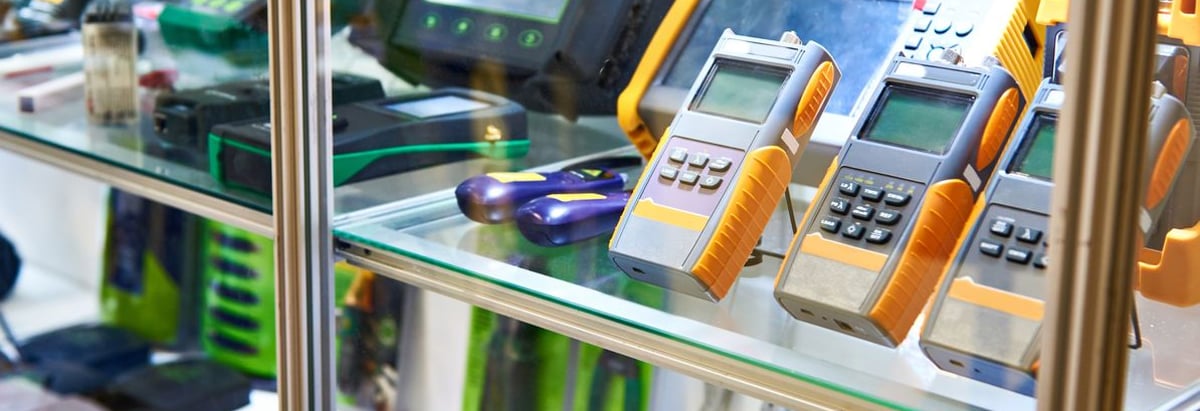Stock Analysis
- Hong Kong
- /
- Electronic Equipment and Components
- /
- SEHK:3969
China Railway Signal & Communication (HKG:3969) Is Finding It Tricky To Allocate Its Capital

What financial metrics can indicate to us that a company is maturing or even in decline? Typically, we'll see the trend of both return on capital employed (ROCE) declining and this usually coincides with a decreasing amount of capital employed. This combination can tell you that not only is the company investing less, it's earning less on what it does invest. On that note, looking into China Railway Signal & Communication (HKG:3969), we weren't too upbeat about how things were going.
What Is Return On Capital Employed (ROCE)?
Just to clarify if you're unsure, ROCE is a metric for evaluating how much pre-tax income (in percentage terms) a company earns on the capital invested in its business. Analysts use this formula to calculate it for China Railway Signal & Communication:
Return on Capital Employed = Earnings Before Interest and Tax (EBIT) ÷ (Total Assets - Current Liabilities)
0.07 = CN¥3.7b ÷ (CN¥118b - CN¥65b) (Based on the trailing twelve months to September 2024).
Therefore, China Railway Signal & Communication has an ROCE of 7.0%. On its own, that's a low figure but it's around the 7.9% average generated by the Electronic industry.
View our latest analysis for China Railway Signal & Communication
In the above chart we have measured China Railway Signal & Communication's prior ROCE against its prior performance, but the future is arguably more important. If you're interested, you can view the analysts predictions in our free analyst report for China Railway Signal & Communication .
What Can We Tell From China Railway Signal & Communication's ROCE Trend?
In terms of China Railway Signal & Communication's historical ROCE movements, the trend doesn't inspire confidence. About five years ago, returns on capital were 9.8%, however they're now substantially lower than that as we saw above. On top of that, it's worth noting that the amount of capital employed within the business has remained relatively steady. Companies that exhibit these attributes tend to not be shrinking, but they can be mature and facing pressure on their margins from competition. So because these trends aren't typically conducive to creating a multi-bagger, we wouldn't hold our breath on China Railway Signal & Communication becoming one if things continue as they have.
On a separate but related note, it's important to know that China Railway Signal & Communication has a current liabilities to total assets ratio of 55%, which we'd consider pretty high. This can bring about some risks because the company is basically operating with a rather large reliance on its suppliers or other sorts of short-term creditors. While it's not necessarily a bad thing, it can be beneficial if this ratio is lower.
The Key Takeaway
All in all, the lower returns from the same amount of capital employed aren't exactly signs of a compounding machine. In spite of that, the stock has delivered a 9.0% return to shareholders who held over the last five years. Regardless, we don't like the trends as they are and if they persist, we think you might find better investments elsewhere.
China Railway Signal & Communication does have some risks though, and we've spotted 1 warning sign for China Railway Signal & Communication that you might be interested in.
For those who like to invest in solid companies, check out this free list of companies with solid balance sheets and high returns on equity.
New: AI Stock Screener & Alerts
Our new AI Stock Screener scans the market every day to uncover opportunities.
• Dividend Powerhouses (3%+ Yield)
• Undervalued Small Caps with Insider Buying
• High growth Tech and AI Companies
Or build your own from over 50 metrics.
Have feedback on this article? Concerned about the content? Get in touch with us directly. Alternatively, email editorial-team (at) simplywallst.com.
This article by Simply Wall St is general in nature. We provide commentary based on historical data and analyst forecasts only using an unbiased methodology and our articles are not intended to be financial advice. It does not constitute a recommendation to buy or sell any stock, and does not take account of your objectives, or your financial situation. We aim to bring you long-term focused analysis driven by fundamental data. Note that our analysis may not factor in the latest price-sensitive company announcements or qualitative material. Simply Wall St has no position in any stocks mentioned.
About SEHK:3969
China Railway Signal & Communication
Provides rail transportation control system solutions in China and internationally.

